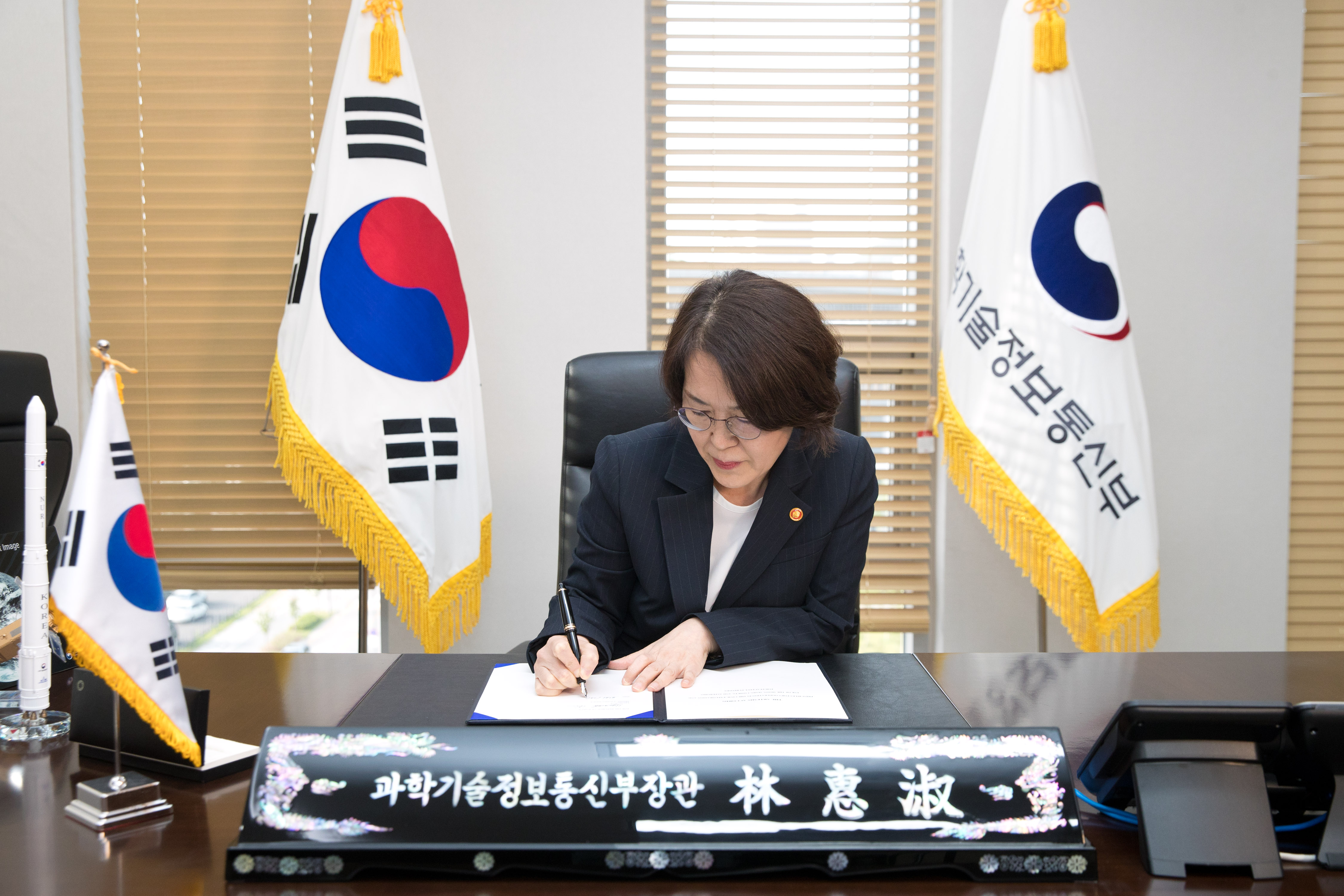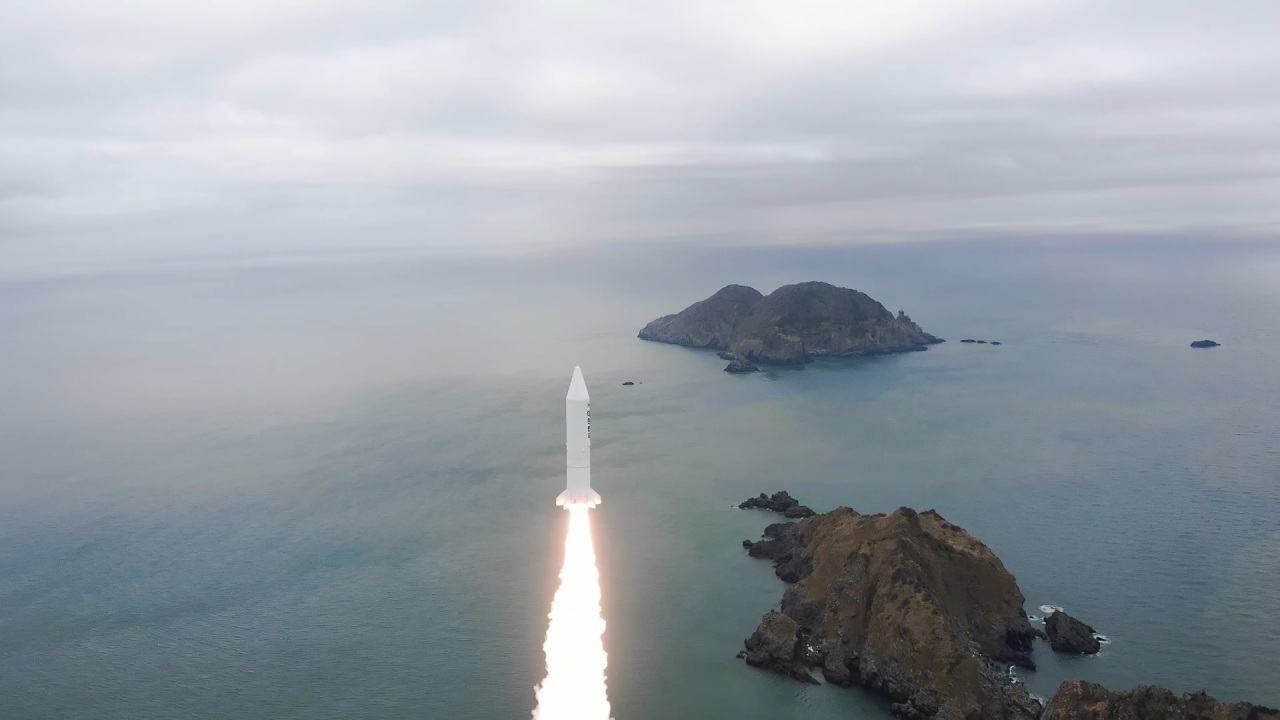Satellite projectile launch D-day "Nuri"
The launch of the Korean projectile KSLV-II "Nuri" is imminent. The final functional inspection test was completed and the preparation for launch was completed. If the launch is successful on October 21, South Korea will become the seventh country in the world to have space projectiles.
The Korean government plans to transfer core technologies to private companies through repeated launches of the Nuri and use accumulated experience and information to determine the direction of developing subsequent projectiles with improved performance.
The Nuri is a projectile made with pure Korean technology and has now completed all preparations related to the launch. After completing the WDR (Wet Dress Rehearsal) of the flight model (FM), he is waiting for the first launch scheduled for the 21st at the Naro Space Center in Goheung-gun, Jeollanam-do. WDR is the final preparation stage by putting the projectile on the launch pad and charging and discharging an oxidant at -183℃ to check if the projectile is operating normally in an cryogenic environment.
Considering weather variables, the preliminary launch period will be held for a week after the first launch date. Since there was no abnormality in the preparation process, it is unlikely that the scheduled launch date will change unless there are unexpected variables such as bad weather on the same day.
It is not easy to predict the possibility of successful launch of the Nuri. The success rate of the country's first launch, which developed the projectile ahead of South Korea, is about 30%. Naroho also succeeded in launching after two failures. However, considering the success of the test launch, it is observed that the possibility of failure due to serious defects is not high.
The history of the projectile test in South Korea
If the satellite projectile launch succeeds, South Korea will be the seventh country in the world to have space projectiles
The Nuri is an space launch vehicle that can put a 1.5-ton utility satellite in a low orbit of 600 to 800 kilometers.
The projectile consists of three stages, with four 75 tons of engine projectiles tied at the first stage. With the momentum of the first-stage rocket, it rises to the sky at a speed of 24,840 kilometers per hour. When the first stage rocket is separated at an altitude of 59 kilometers, the 75-ton second stage rocket is ignited, generating momentum to an altitude of 258 kilometers. When the two-stage rocket is separated and falls, the seven-ton three-stage rocket ignites, transporting the satellite to an altitude of 700 kilometers and then separating it.
The success of launching the Nuri means securing South Korea's satellite launch and space transport capabilities. Projectile development technology is strictly prohibited from transferring technology between countries. The United States controls the transfer of space launch vehicle technology through the Missile Technology Control System (MTCR) and the Export Regulation (ITAR). Most countries strictly control the leakage of key national technologies.
South Korea succeeded in launching the space projectile KSLV-I in 2013. At that time, the core technology, the first stage rocket, used a Russian system. South Korea could not attach the word "domestic rocket" because it only developed an 8-ton class two-stage rocket equipped with satellites.
Currently, nine countries in Russia, the United States, Europe, China, Japan, India, Israel, Iran, and North Korea can launch satellites on their own. Six countries, excluding Israel, Iran, and North Korea, are capable of self-launching more than a ton of practical satellites.
All Korean science technology are contained in Nuri (Without North Korea )
)
South Korea has carried out all processes such as design, production, test, and launch operation of Nuri with domestic technology. The main engines, 75-ton and 7-ton liquid engines, were developed on their own. If the launch is successful, South Korea will become the seventh country in the world to develop and own a medium and large liquid rocket engine.
In the early stages of development, the 75-ton engine was designed to be 25% heavier than the target by focusing on function and performance. Since then, data on engine functions and operating environments have been accumulated through repeated engine combustion tests, and it has succeeded in reducing weight by applying design improvement, structural analysis, and lightweight materials.
It has also secured clustering technology to tie engines. The key to clustering is to accurately align the four engines and produce uniform momentum. In order to solve high technical difficulties, sophisticated design and high-level ground tests must be performed. Securing clustering technology means that it has secured engine flame heating analysis and insulation technology, thrust uneven response technology between engines, and four engine assemblies, alignment, and direction control technology.
South Korea has secured some of its flame heating analysis and insulation technology through test projectile launches. In order to respond to uneven propulsion between engines, the analysis of the level of error in propulsion imbalance was completed, and the sole performance test of the ground fixture was also completed at the launch pad to check non-uniformity before takeoff of the projectile. Based on the shape design to secure engine alignment and direction control technology, a one-stage authentication model was produced and its performance was verified through a comprehensive combustion test. The South Korean government plans to continue developing large and small projectiles through performance improvement and clustering of 75-ton engines even after the launch of the Nuri satellite.
It has also secured its own technology to develop space launch vehicle engines and manufacture large propellant tanks and build projectile launch technology.
Test facilities are essential to develop liquid engines and major components such as combustors, turbo pumps, and gas generators. In the early days of the development of the Nuri, the test was conducted on a limited basis by renting test facilities in Russia. In the process of developing the Nuri, considerable investment was also made in building test facilities for engines and propulsion engines, allowing stable combustion tests for engines and propulsion engines. The test facility of the propulsion engine is equipped with precise control and supply technology for cryogenic fluids (liquid nitrogen 196℃, liquid oxygen 183℃) and ultra-high pressure (air, nitrogen, helium 400 atmospheres). It is evaluated that it has secured test facilities on par with test facilities in the United States, Russia, Europe, and Japan by establishing a vacuum simulation environment of 55mBar, which is up to 150 tons of thrust and an altitude of 20 km. After the development of the Nuri, these facilities will be used to improve engine performance required for next-generation projectiles.
Oh Seung-hyeop, head of the projectile propulsion agency development department at the South Korea Aerospace Research Institute, said, "Through the development of the Nuri, we have secured our own technology in the pre-design, manufacture, certification, and launch process of the three-stage projectile."










